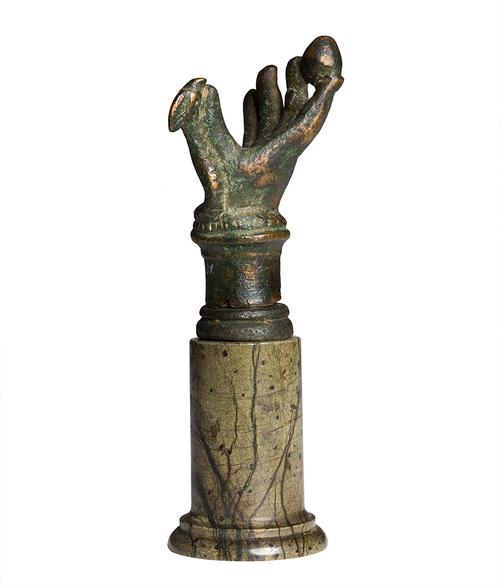
The Narcissus Myth
The ancient legend of Narcissus, who fell in love with his own reflection, was most famously told by the Roman poet Ovid in ‘The story of Echo and Narcissus’ in his book Metamorphoses.
The youthful Narcissus was so beautiful that many boys and girls fell in love with him but he spurned all their advances. Especially persistent was the nymph Echo, whose embraces Narcissus rejected. Shamed, she hid in the woods and shrivelled away. Even her bones turned to stone and only her voice remained.
Narcissus, resting from hunting in a cool glade with a clear pool, lent to drink and was transfixed by the image he saw in the water: “the twin stars that were his eyes, his flowing locks, worthy of Bacchus or Apollo, his smooth cheeks, his ivory neck, his lovely face...”
Reaching down he tried to grasp the vision not yet realising it was himself. Slowly consumed by the fire of his desire, Narcissus wasted away. When the mourners came for his body, all they found was a flower.
The myth has long been mined by artists and writers, not least as an icon for forbidden homosexual and same-sex desire.